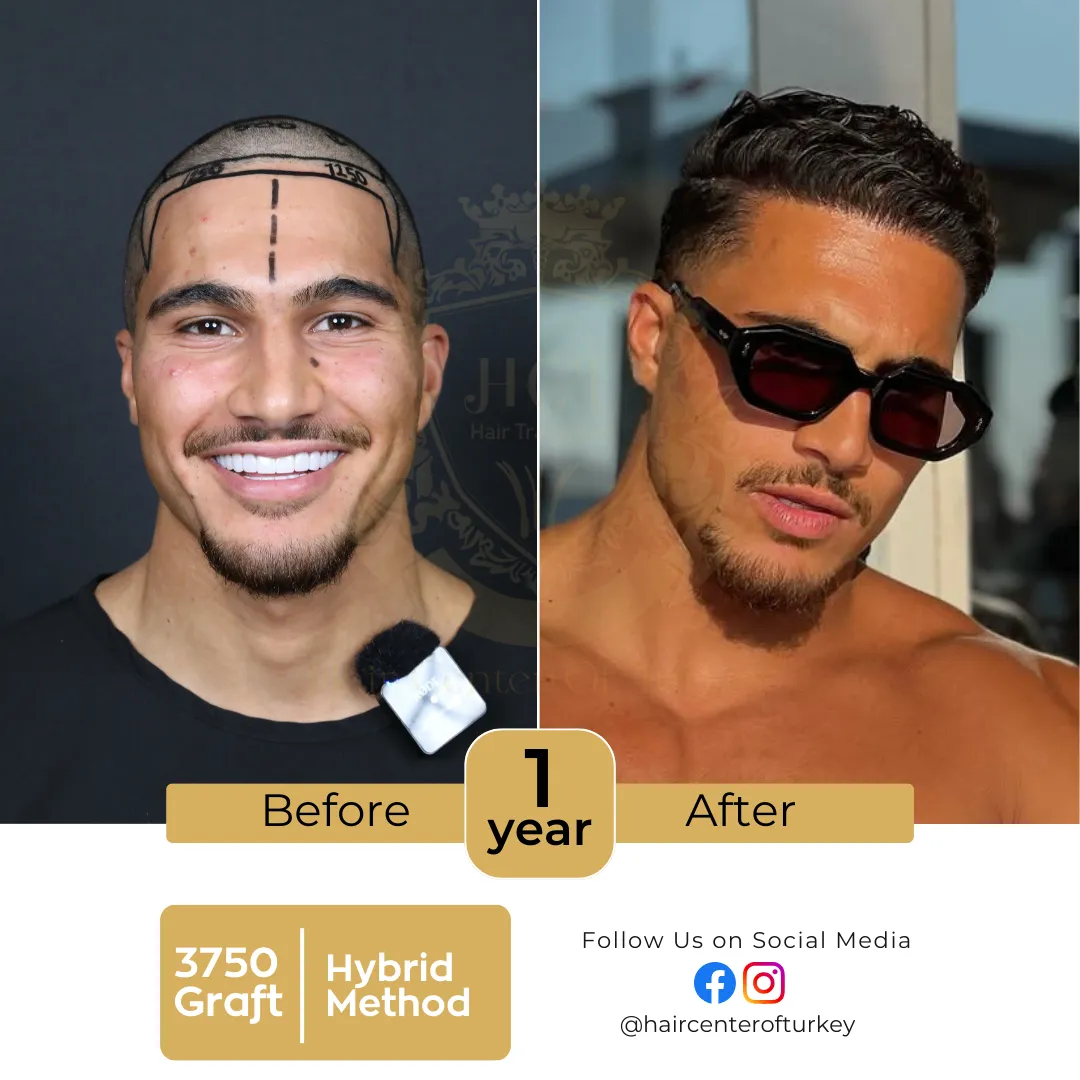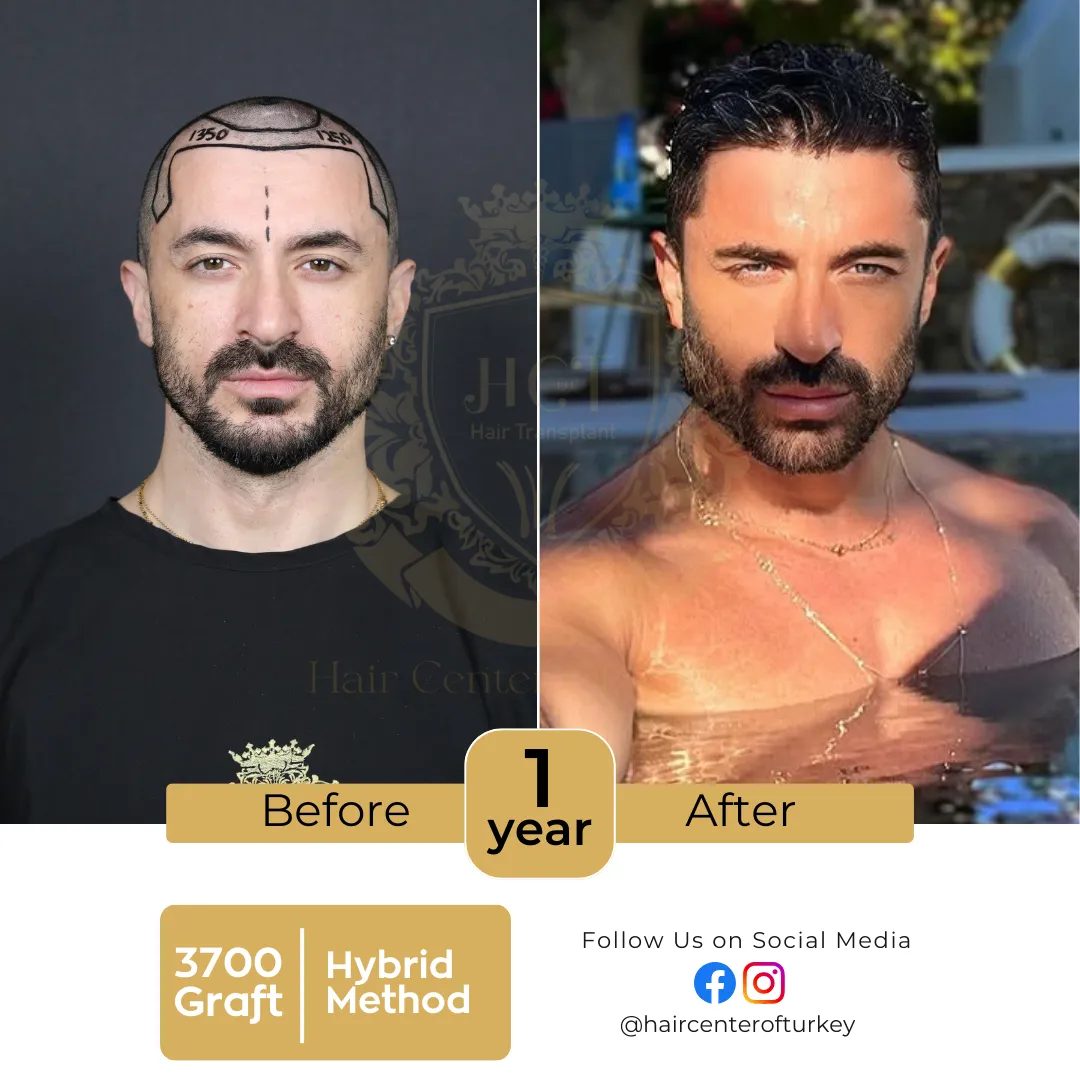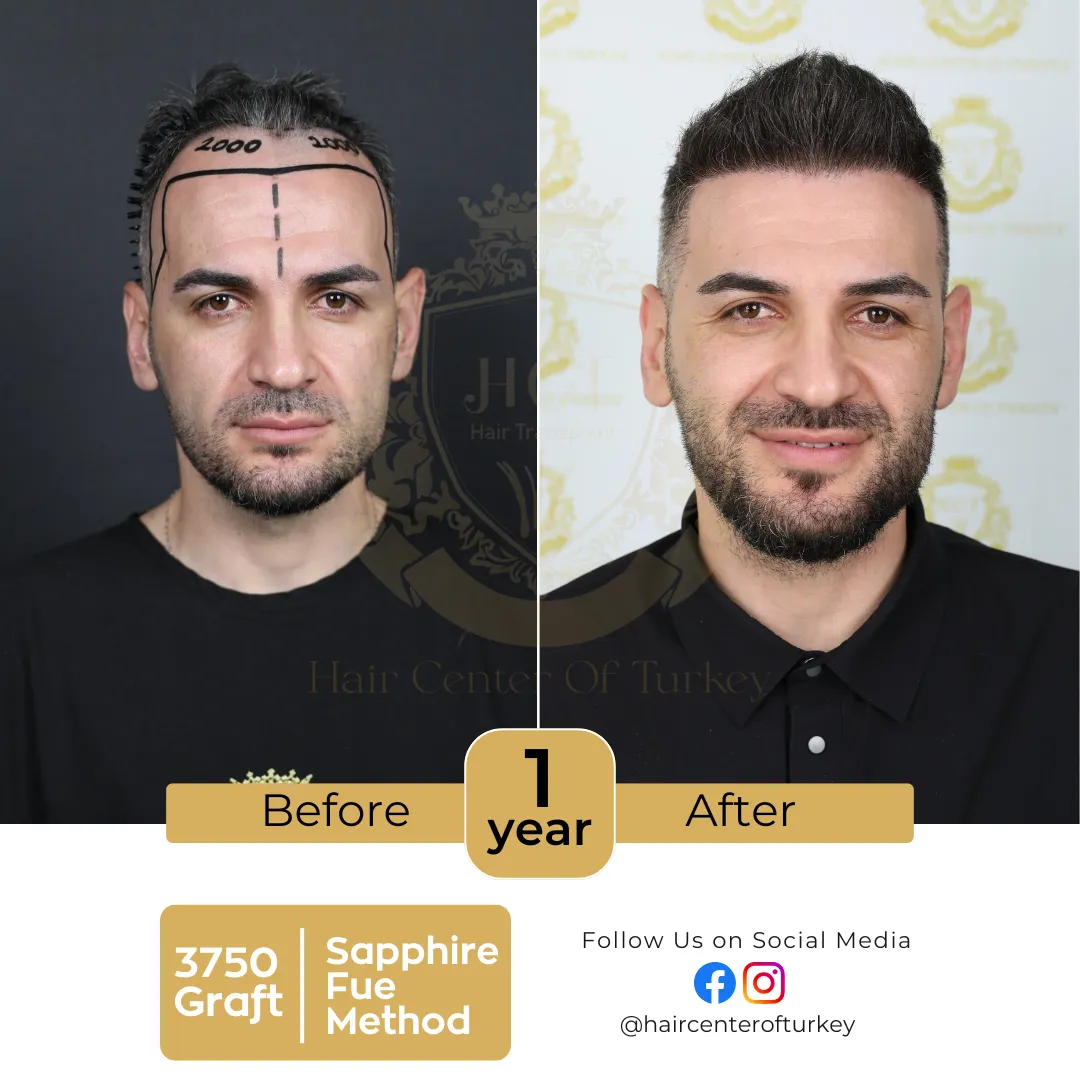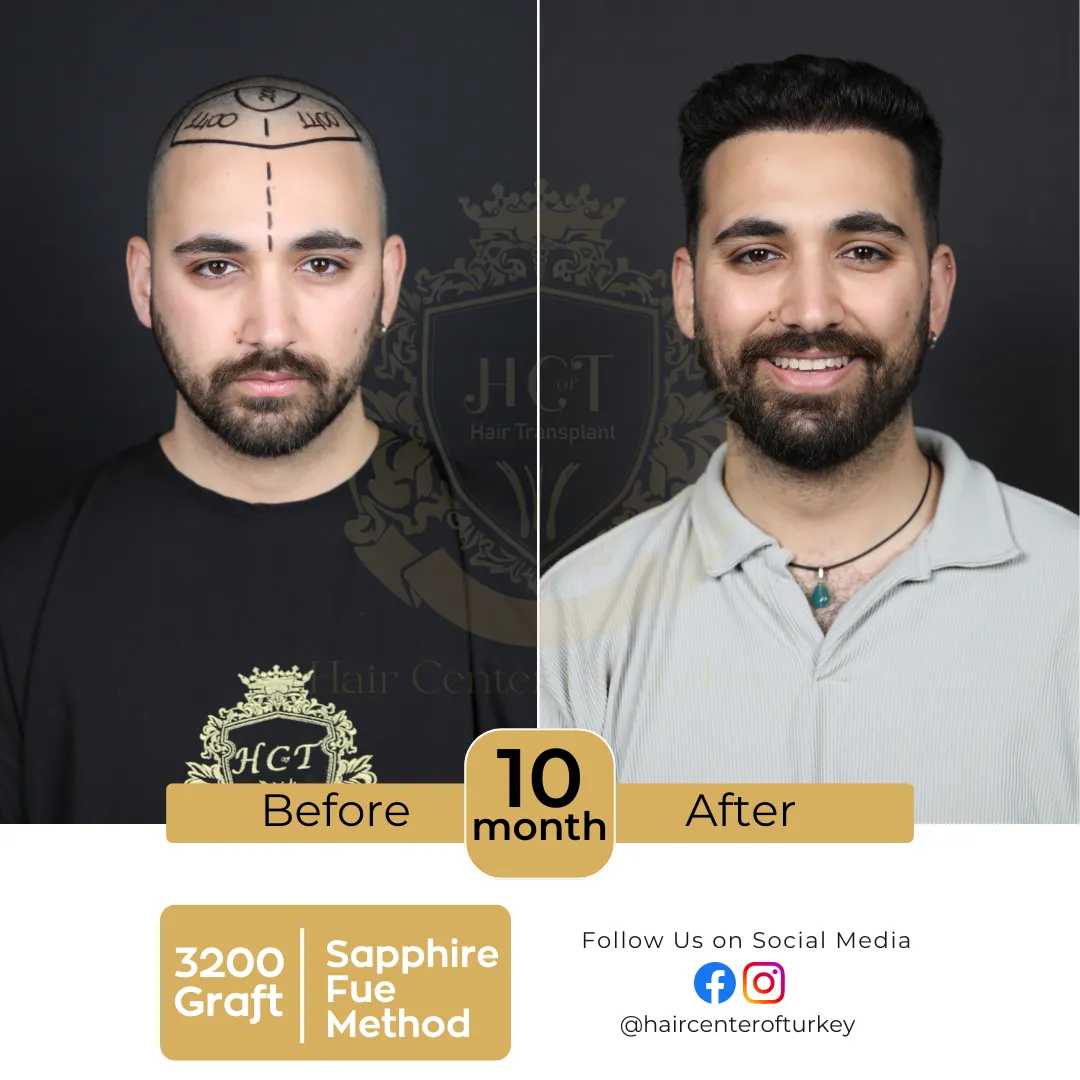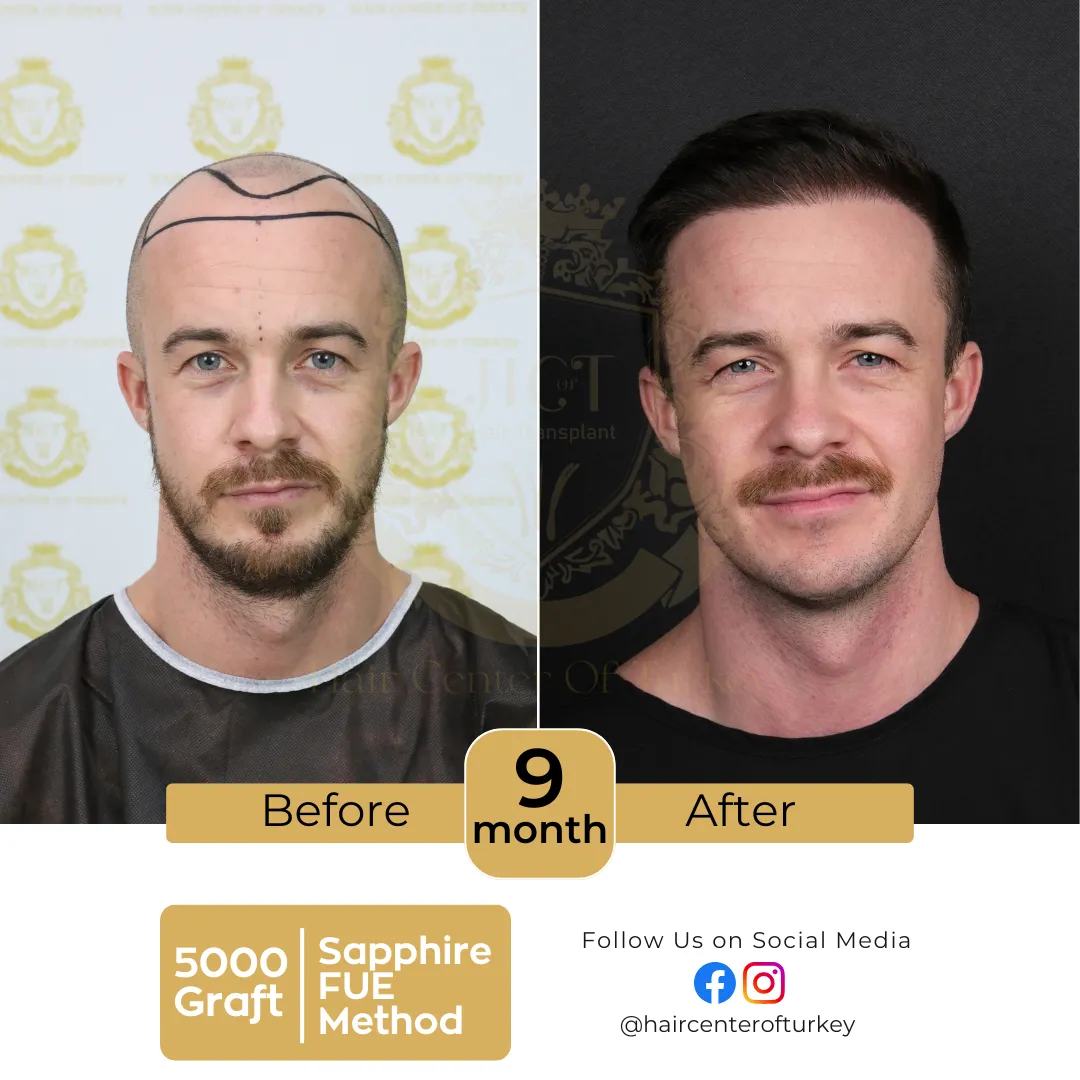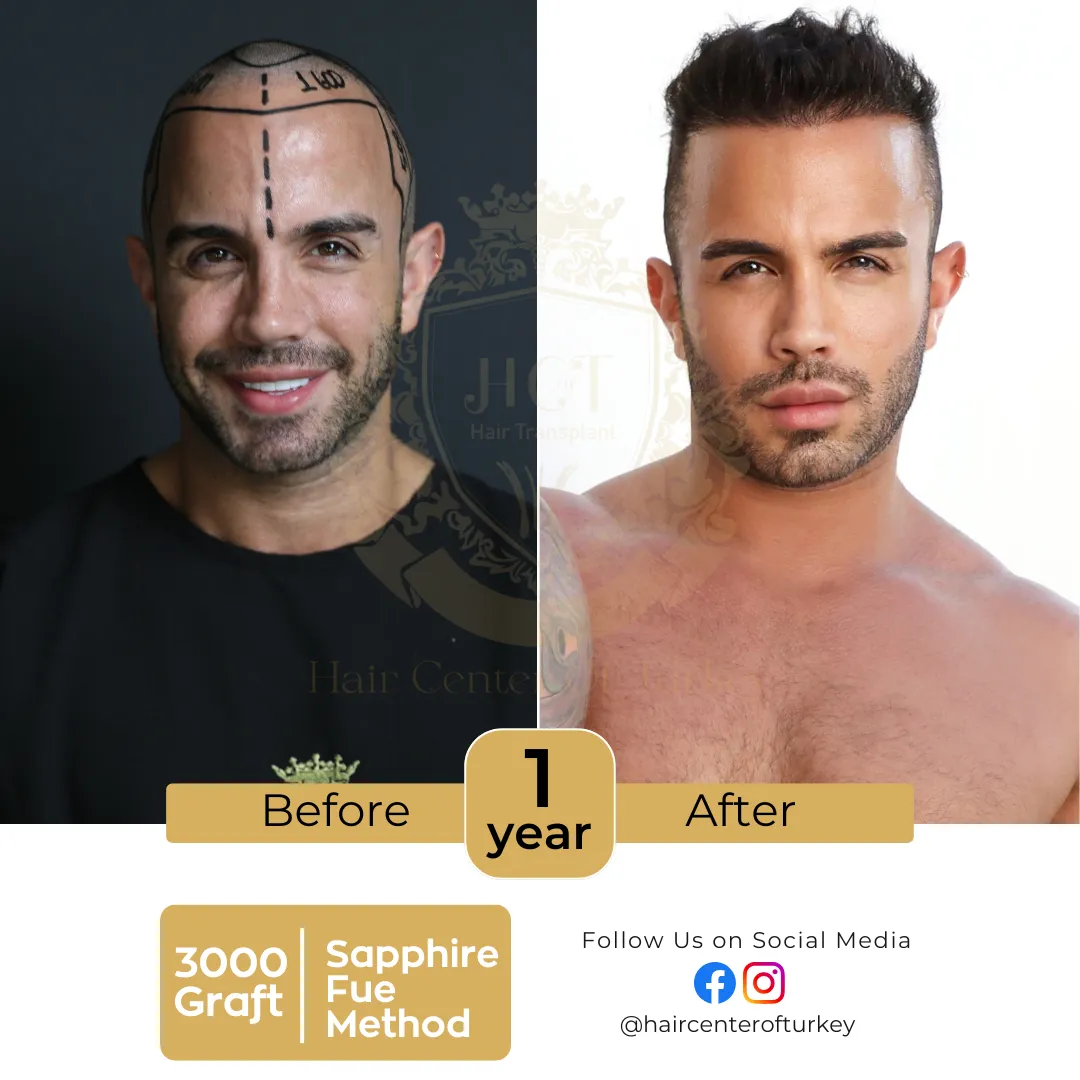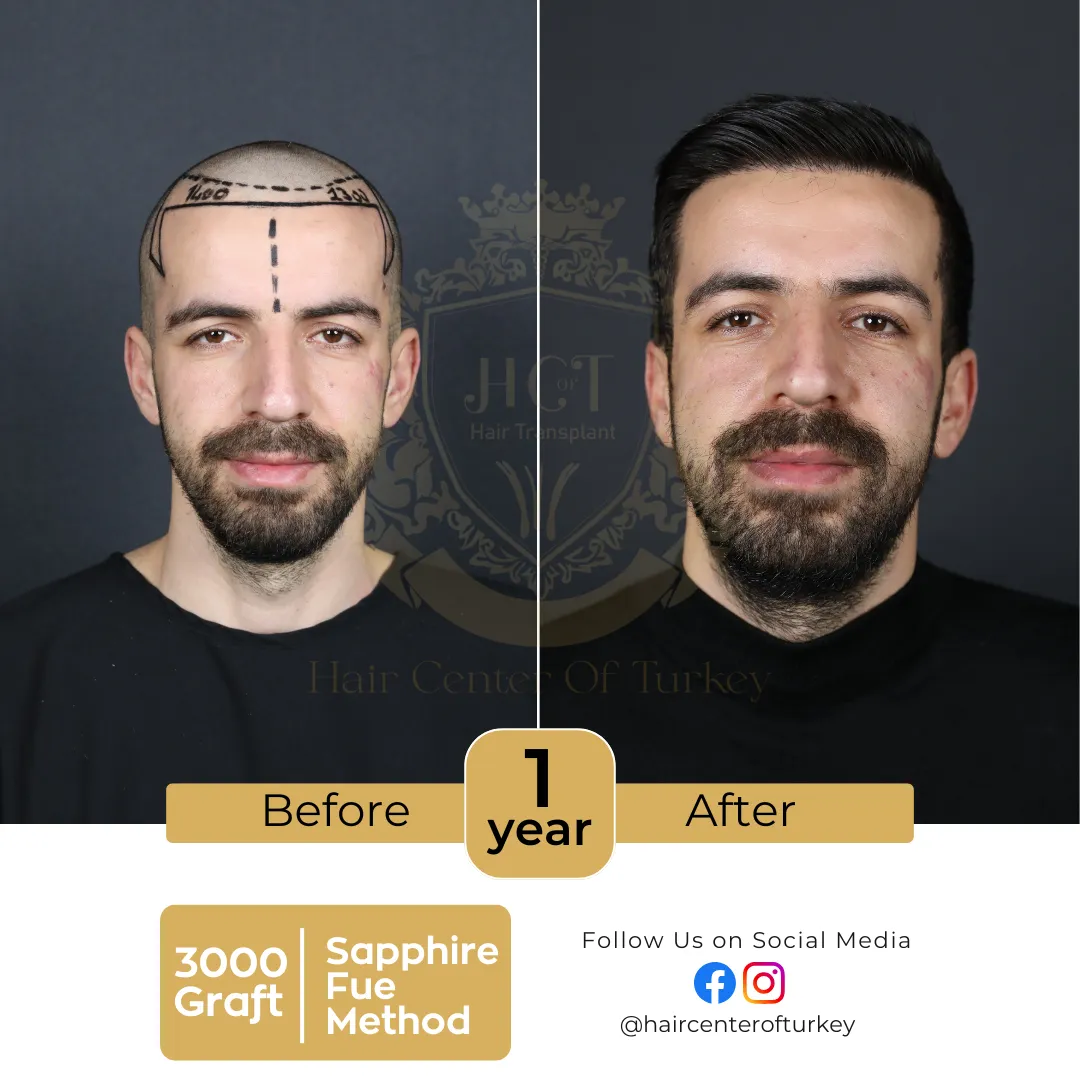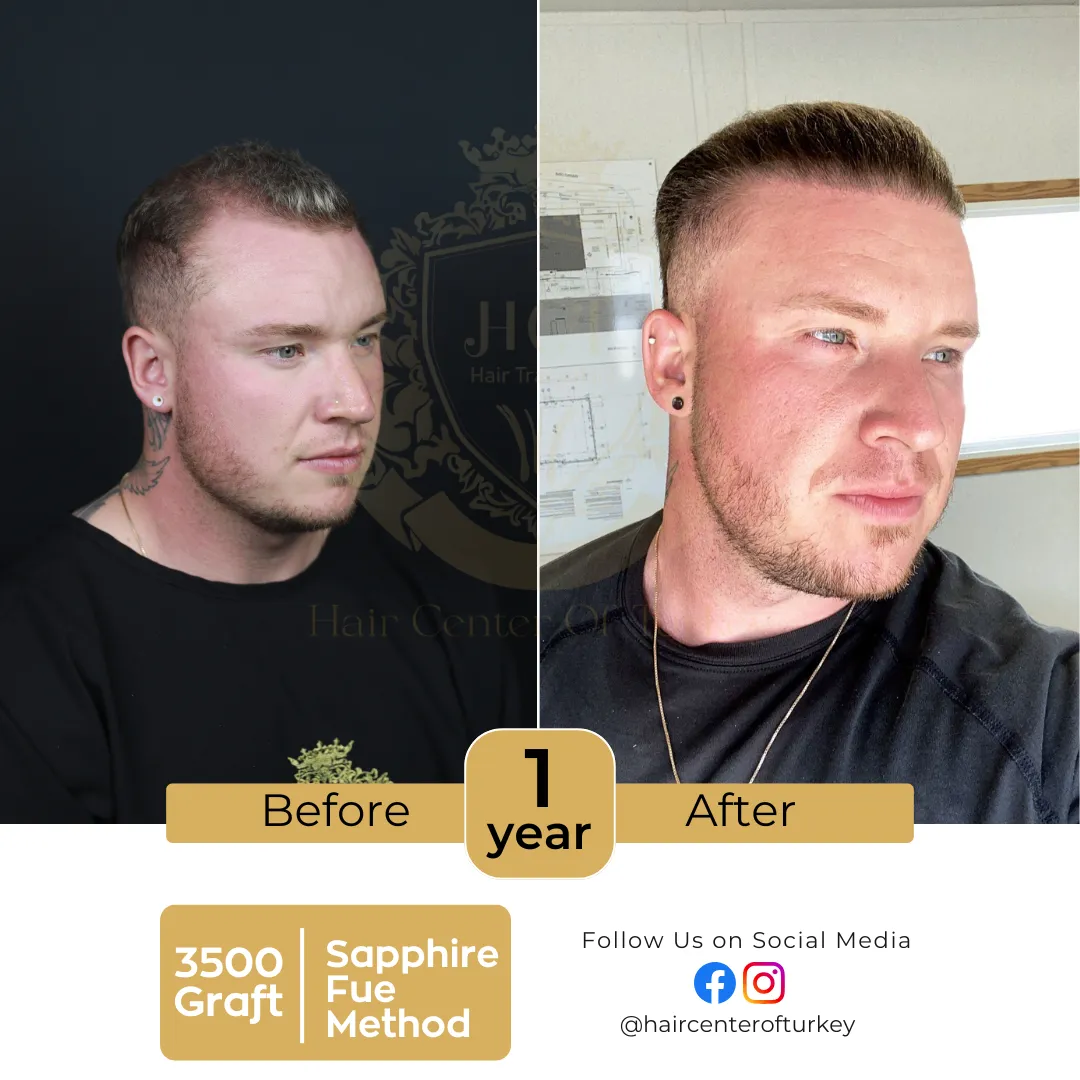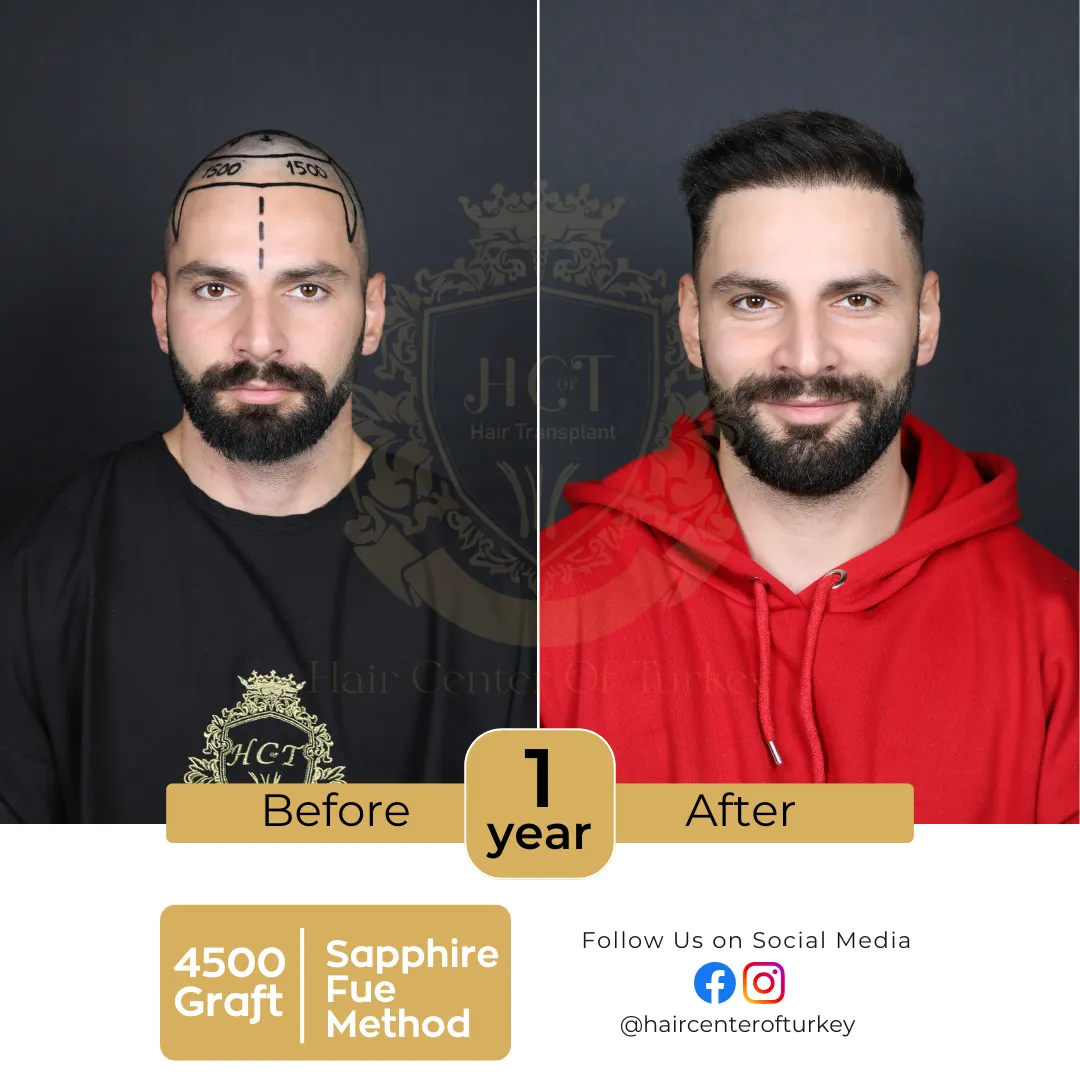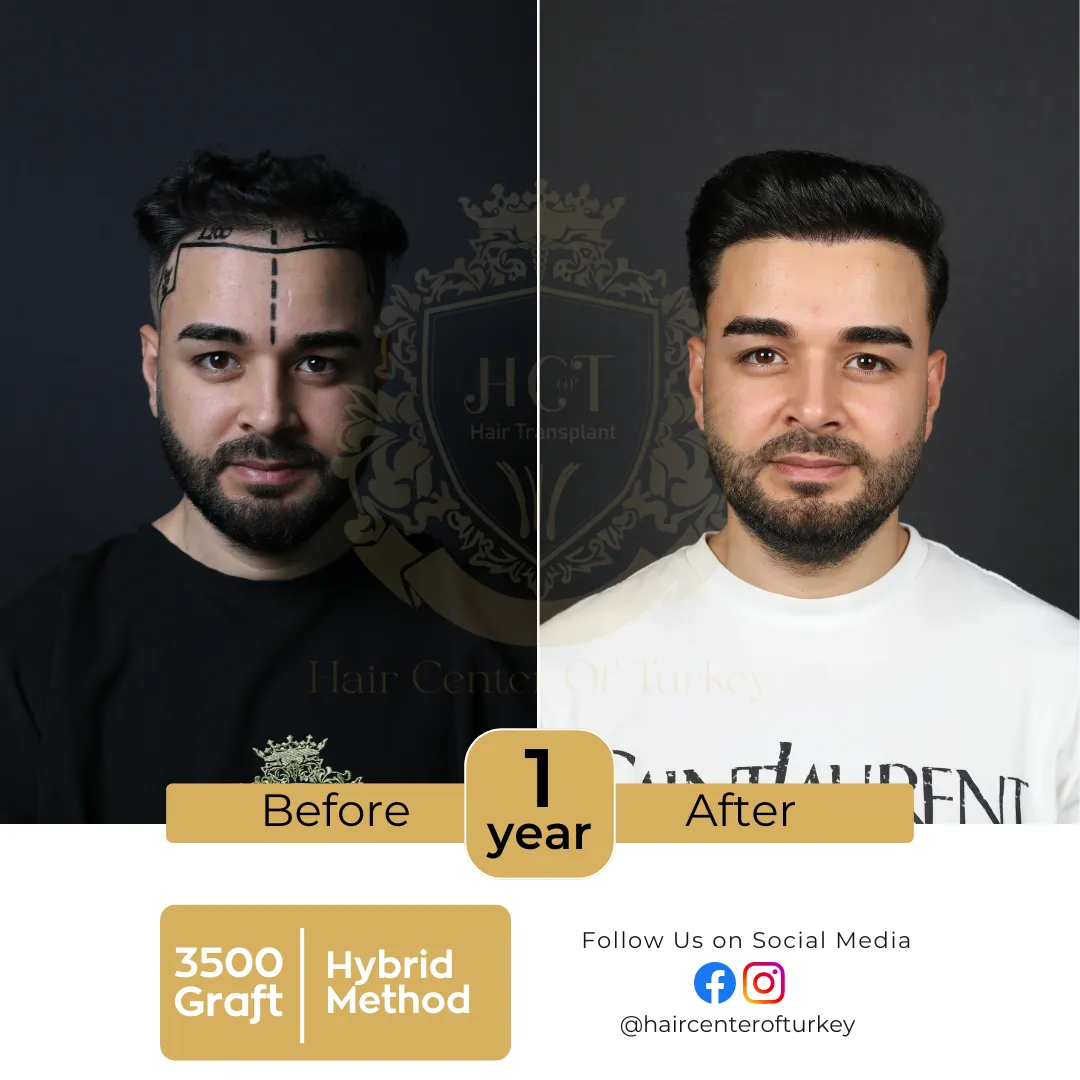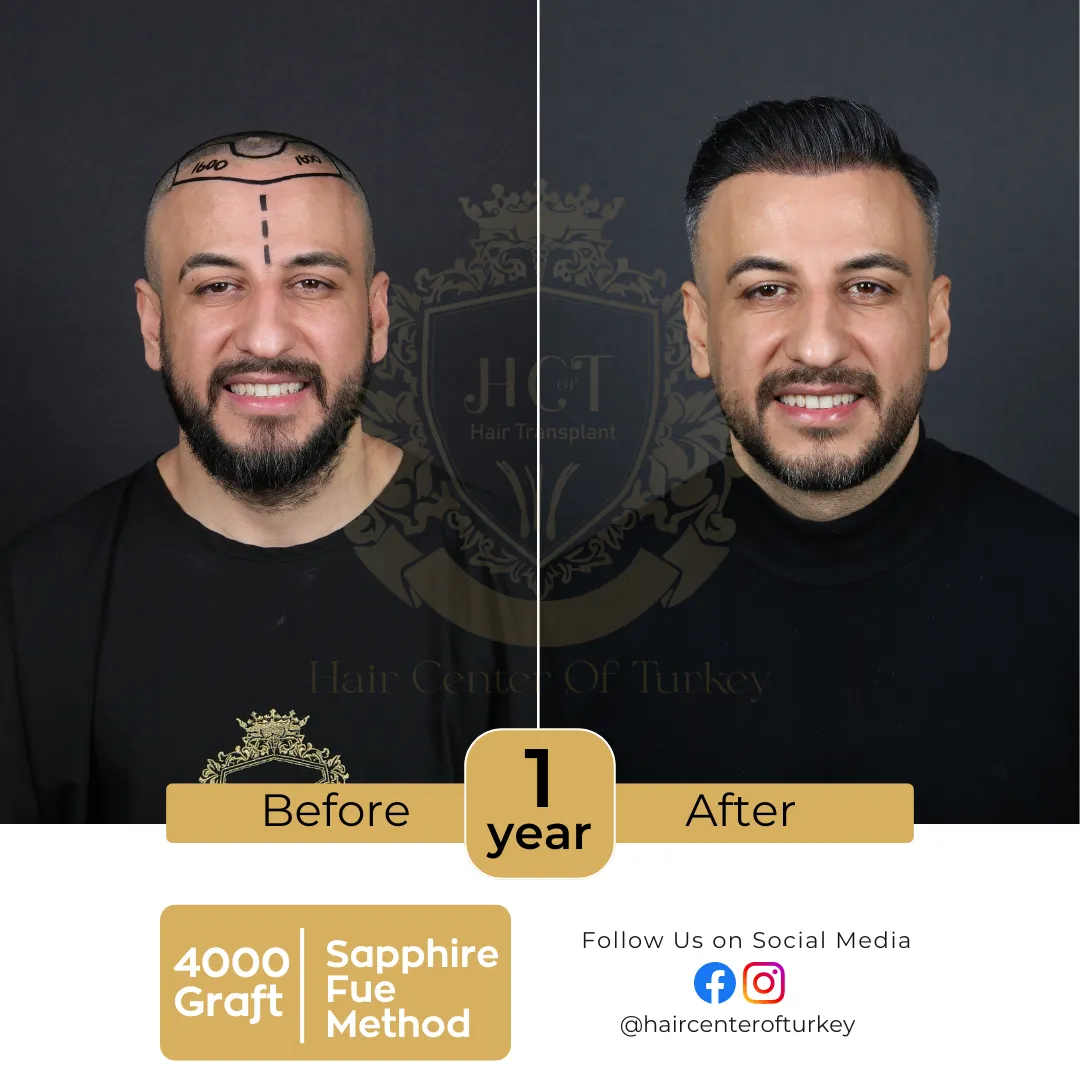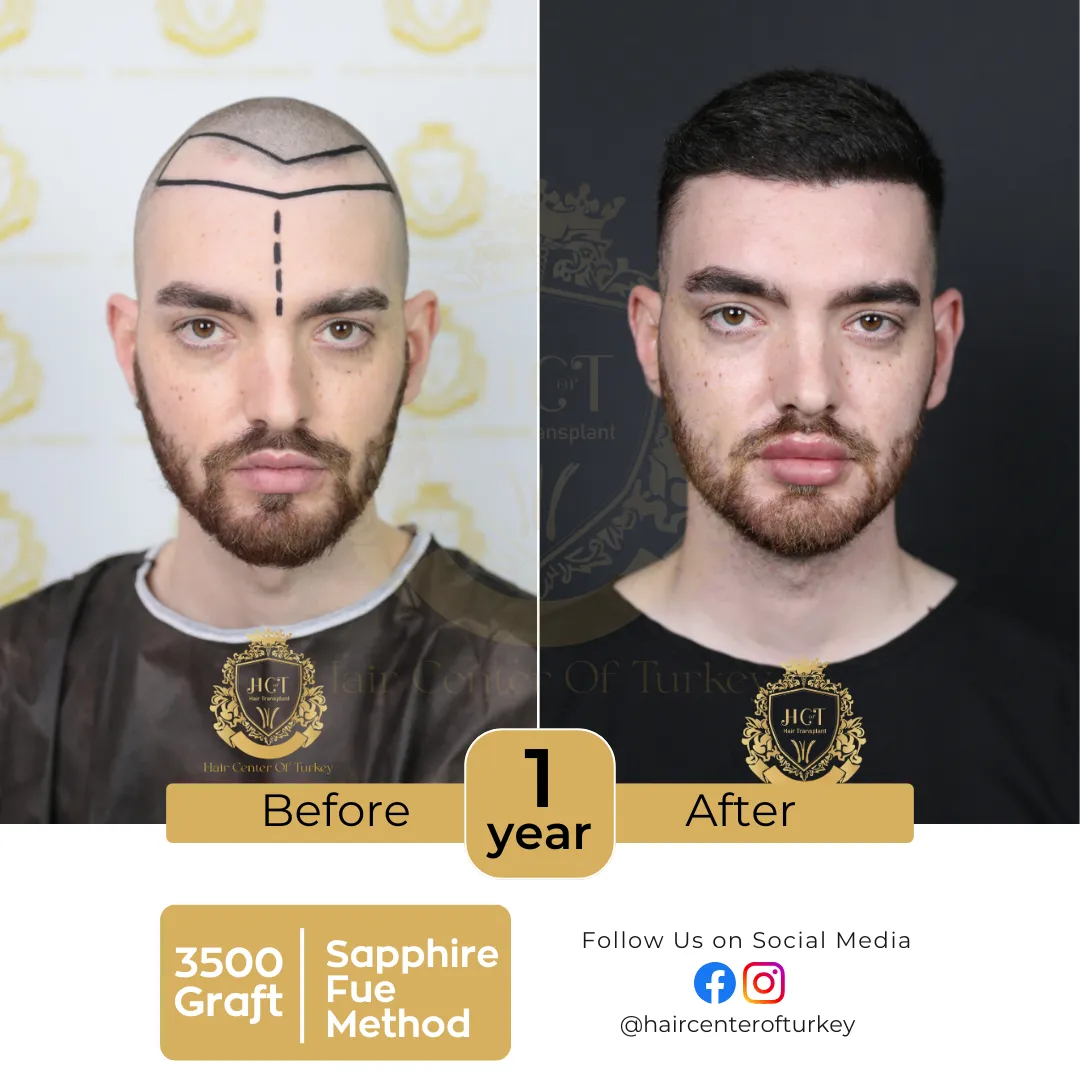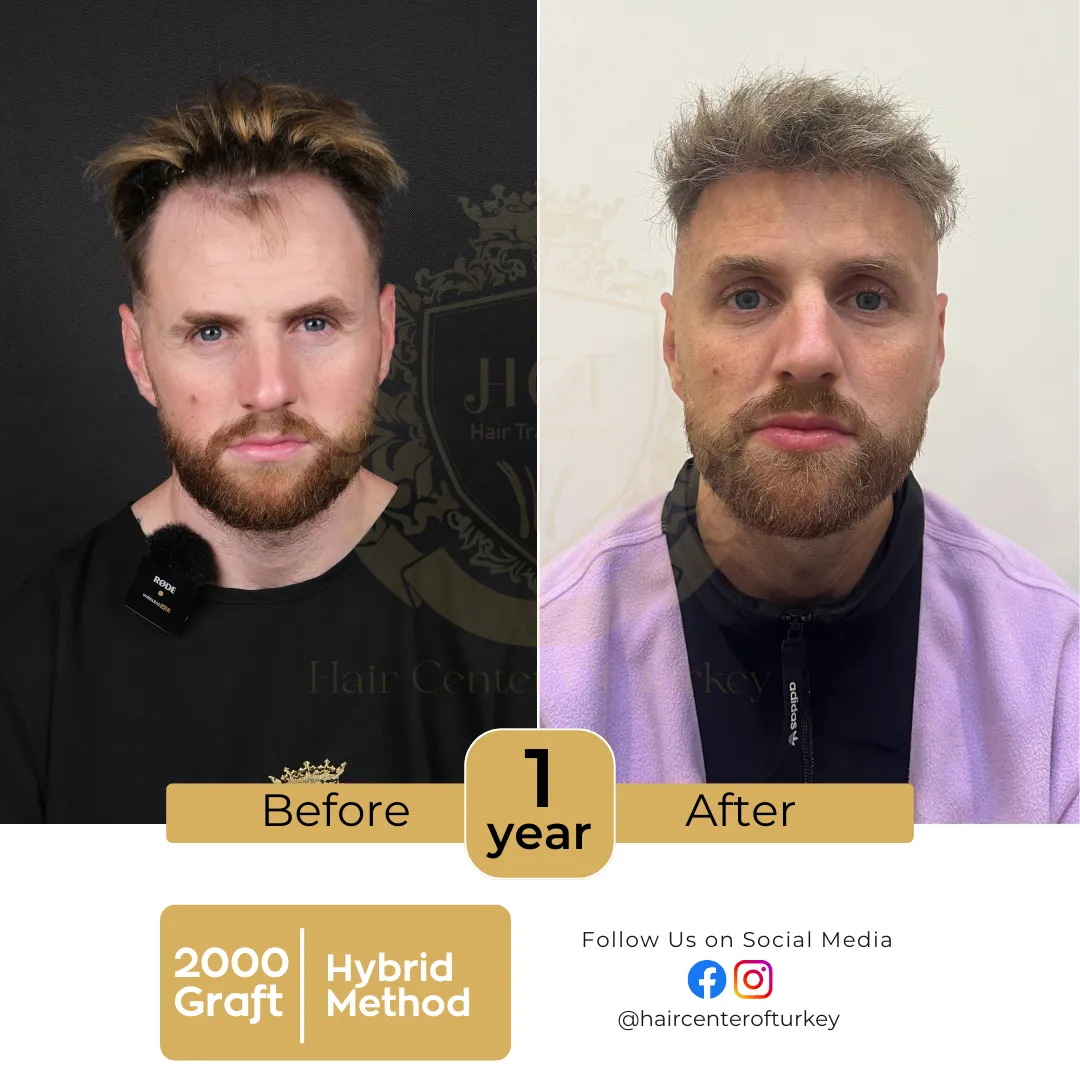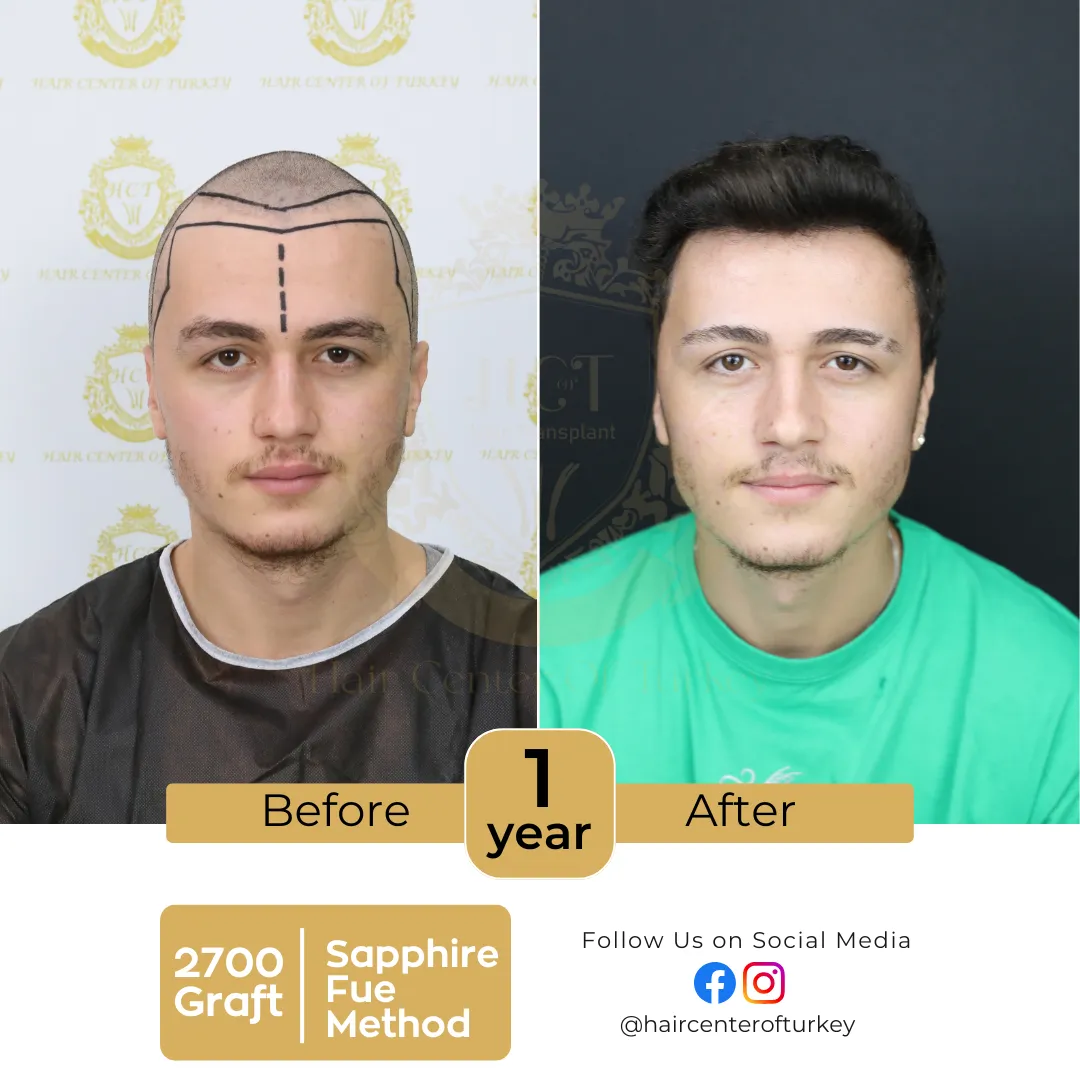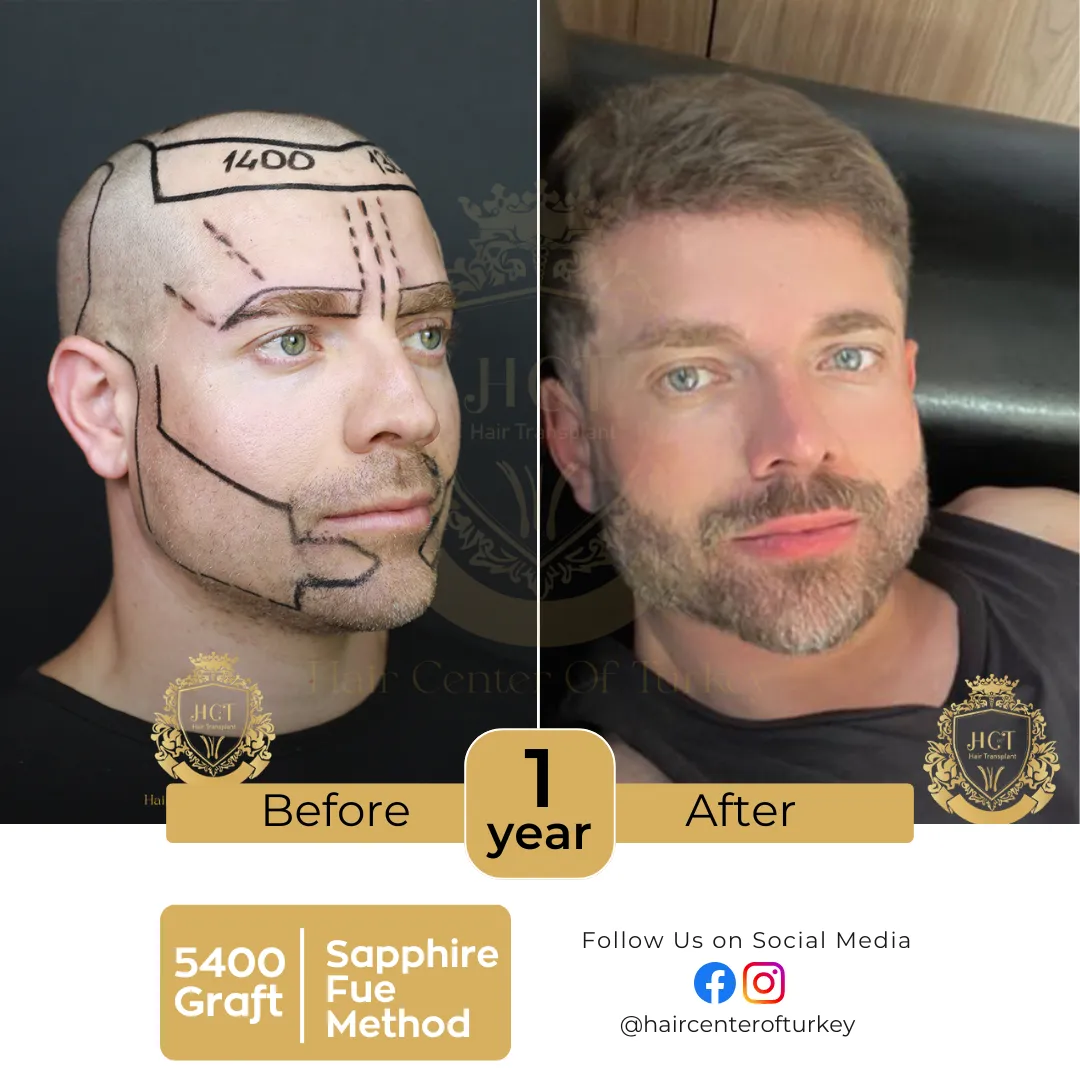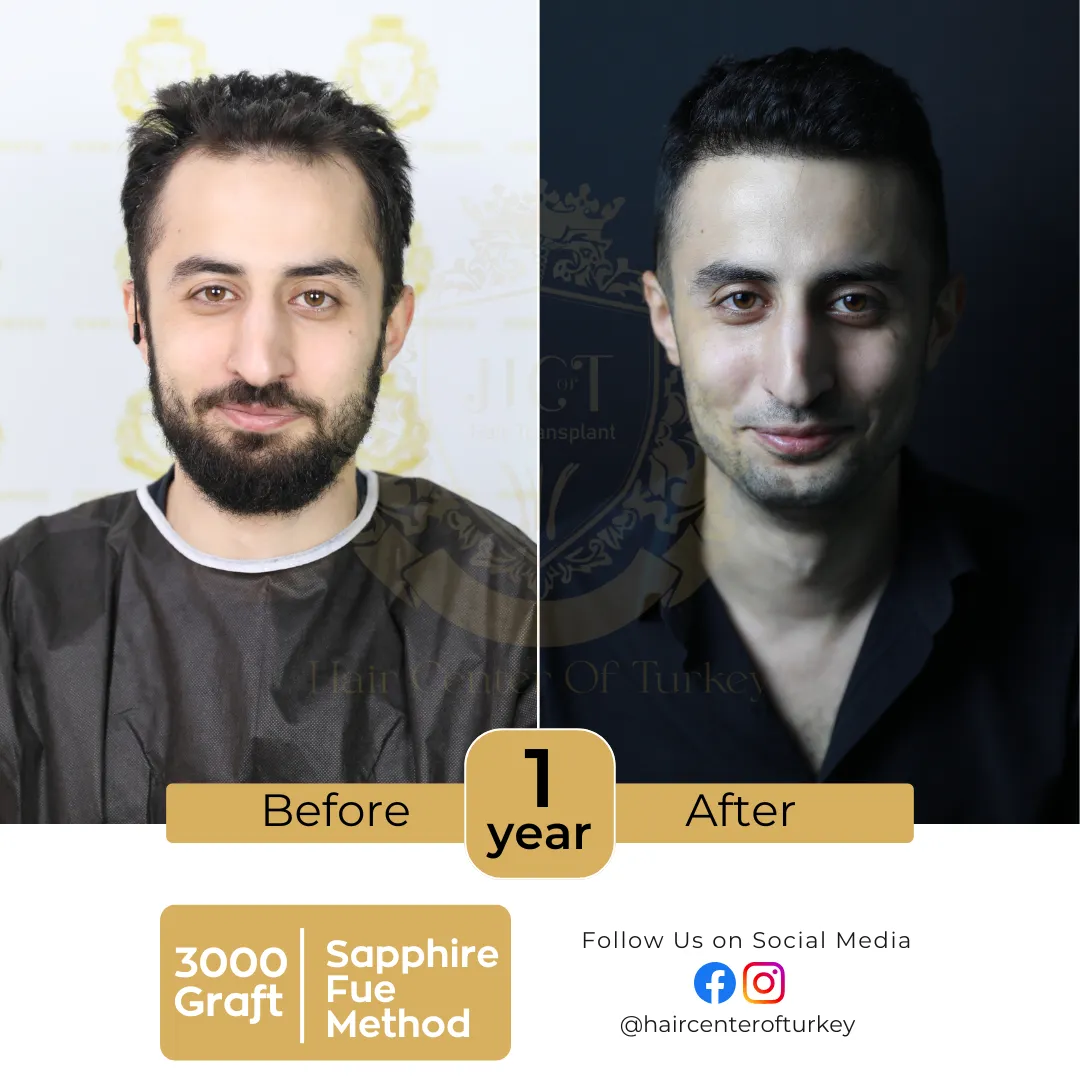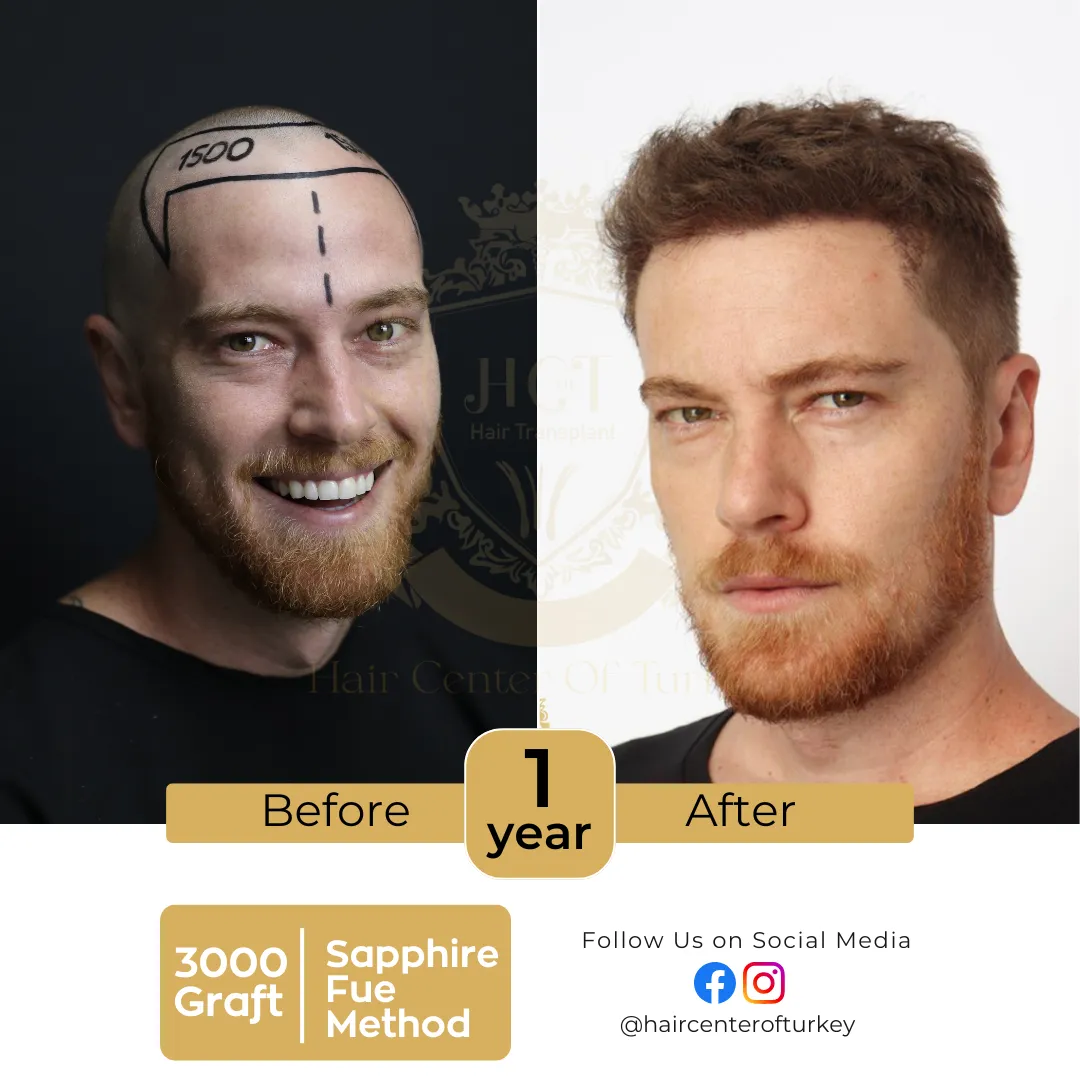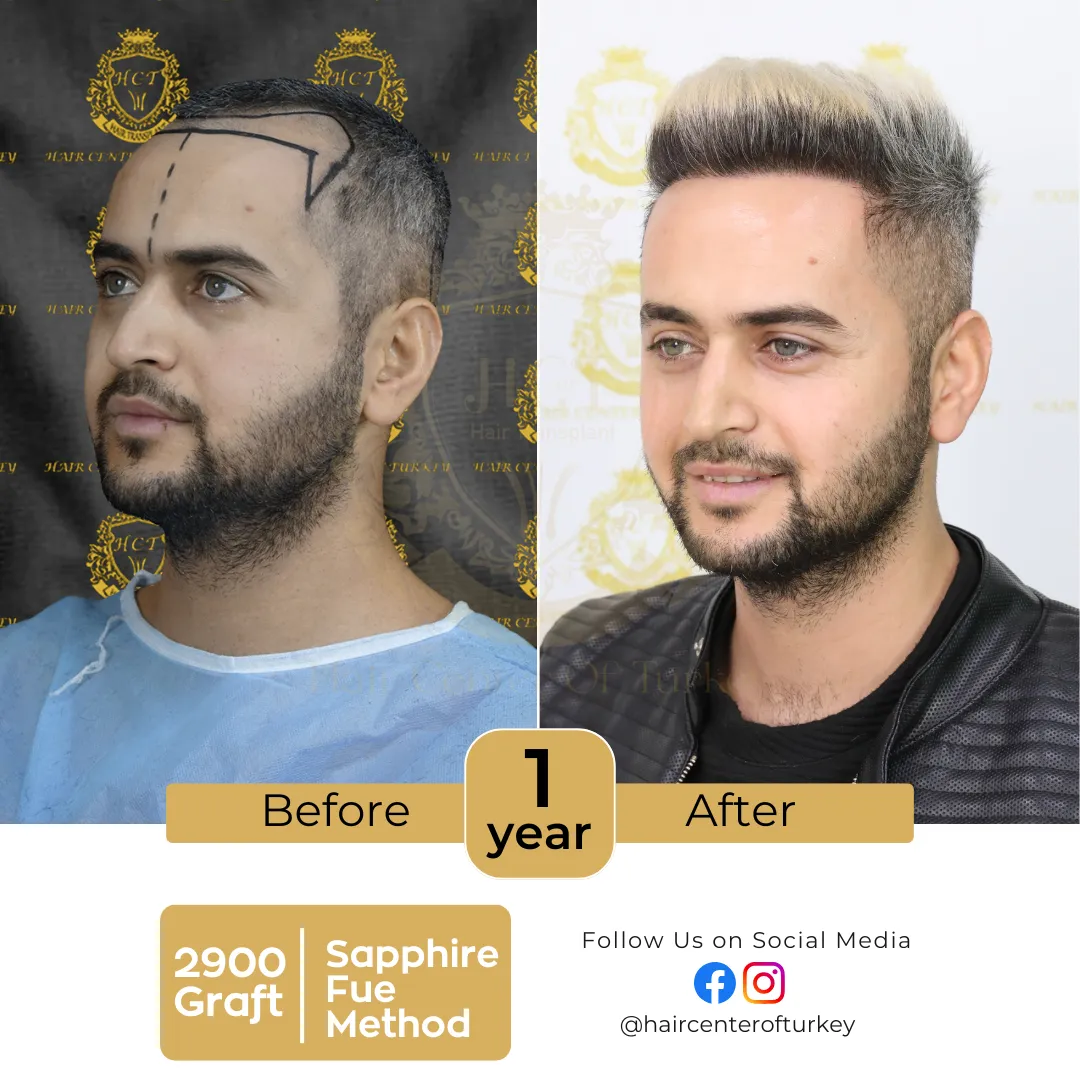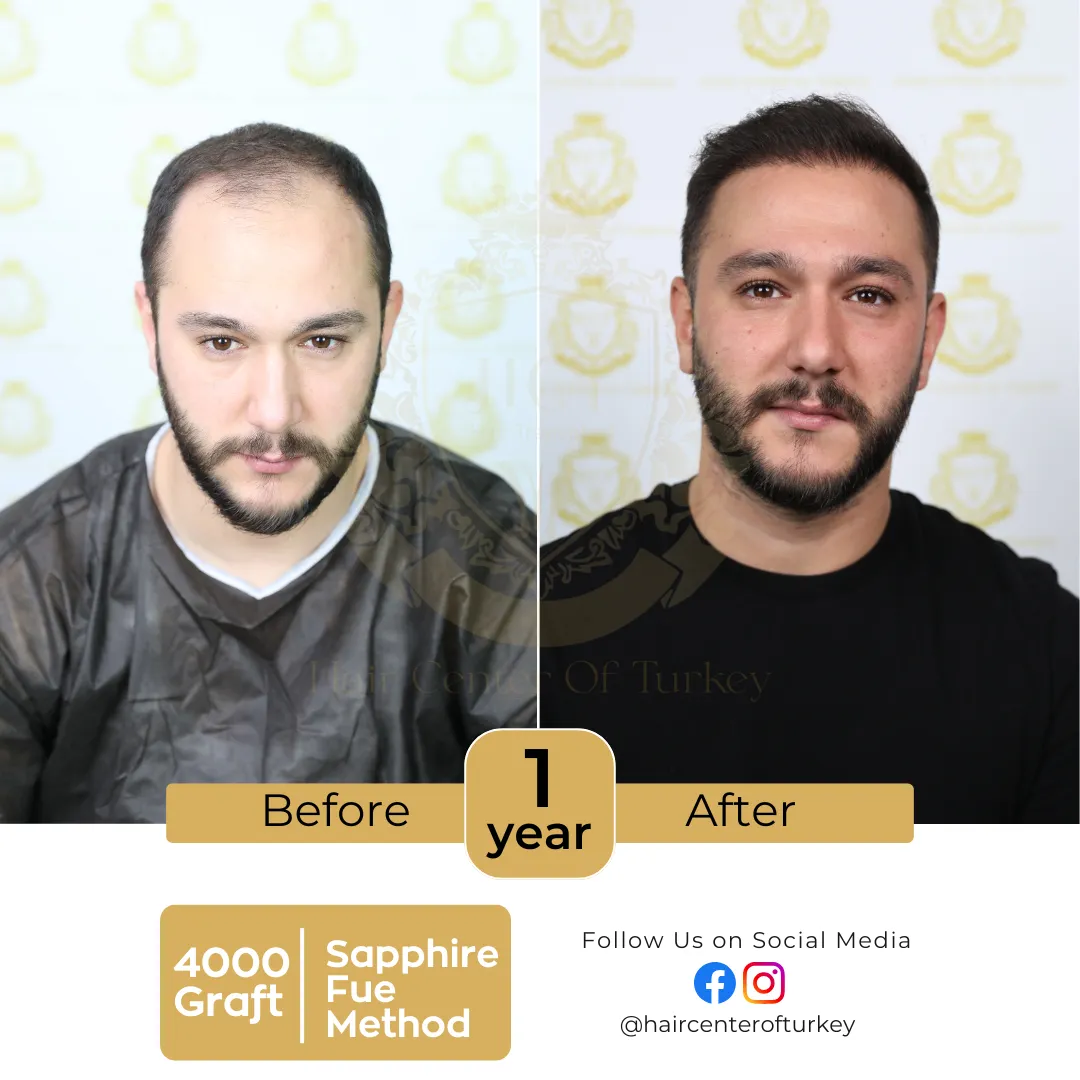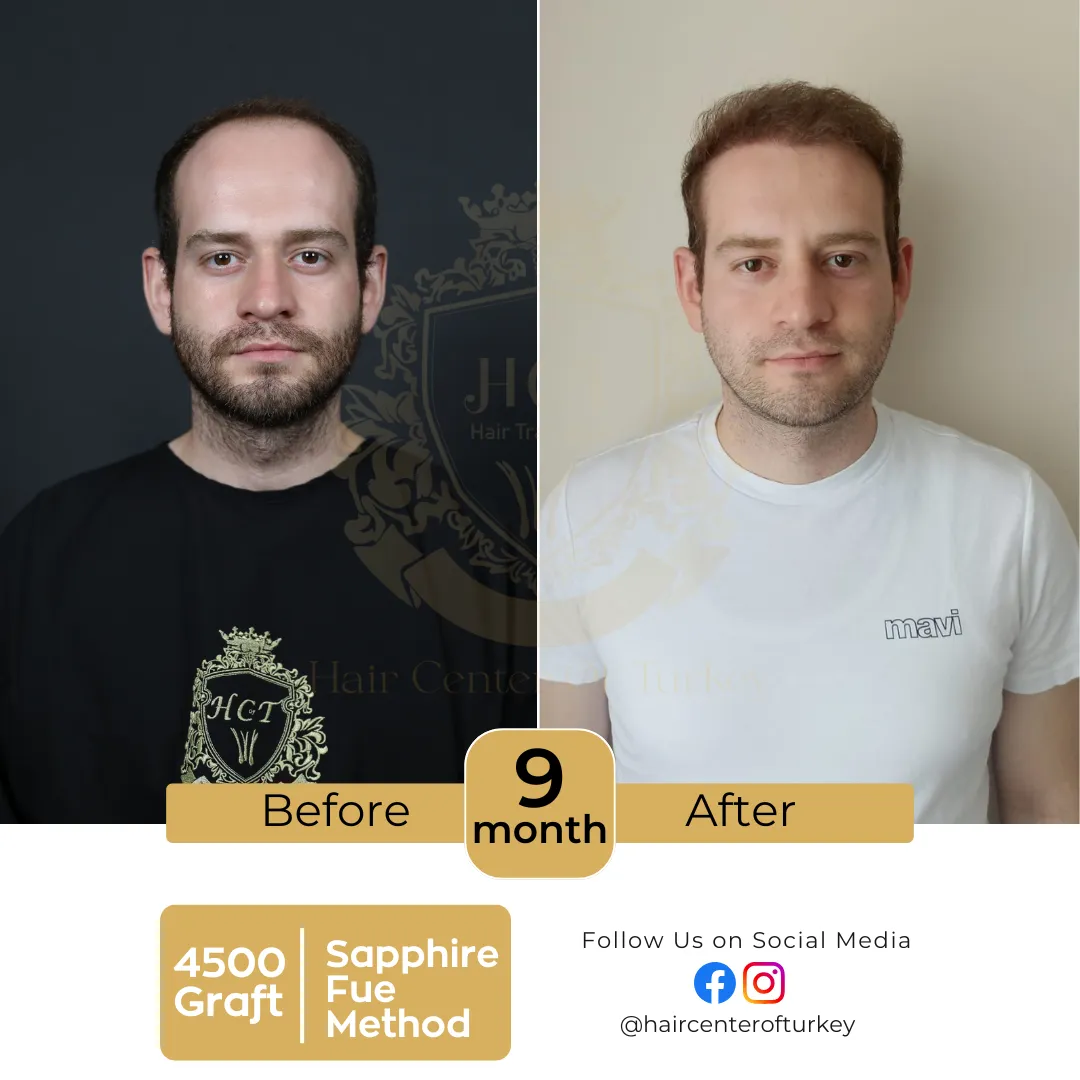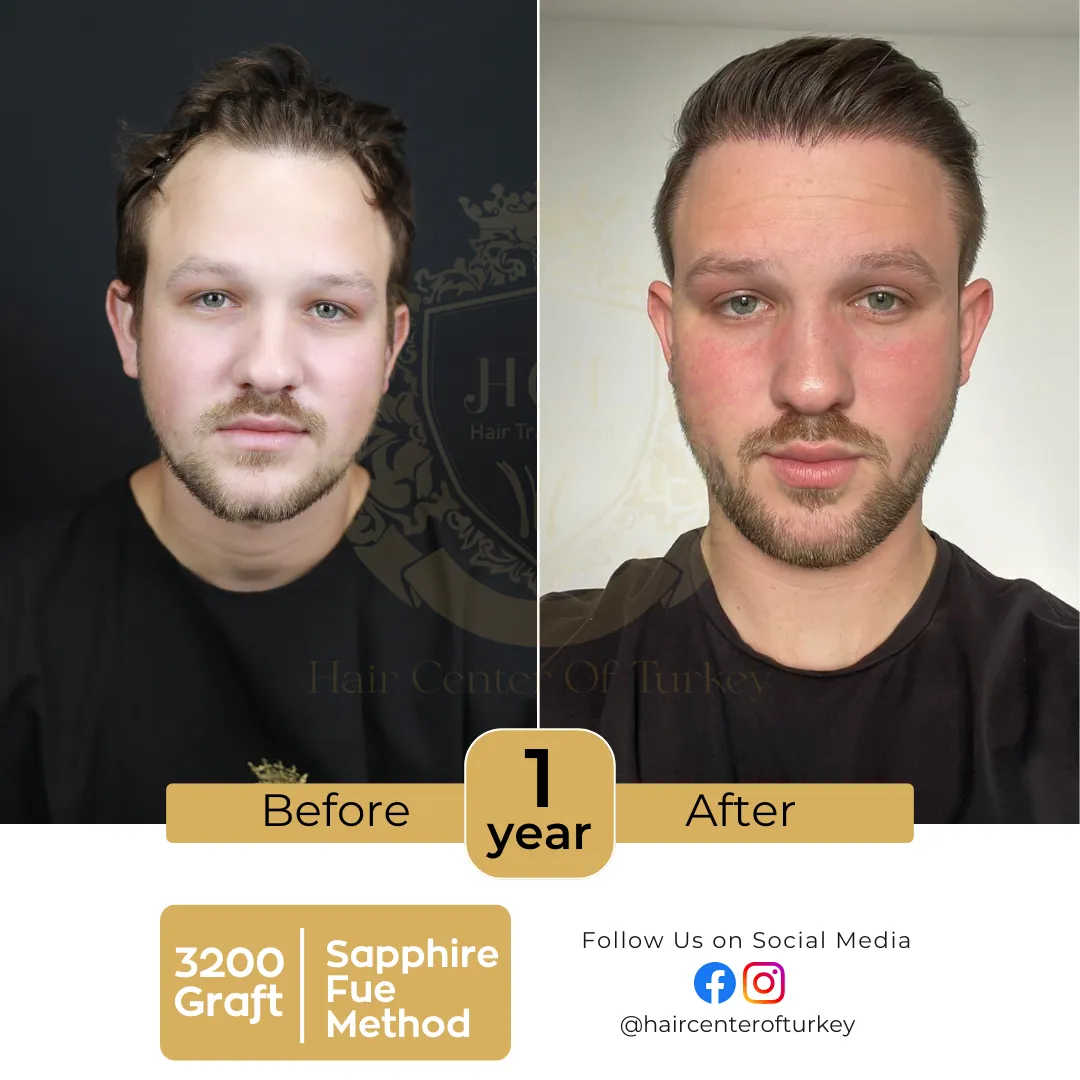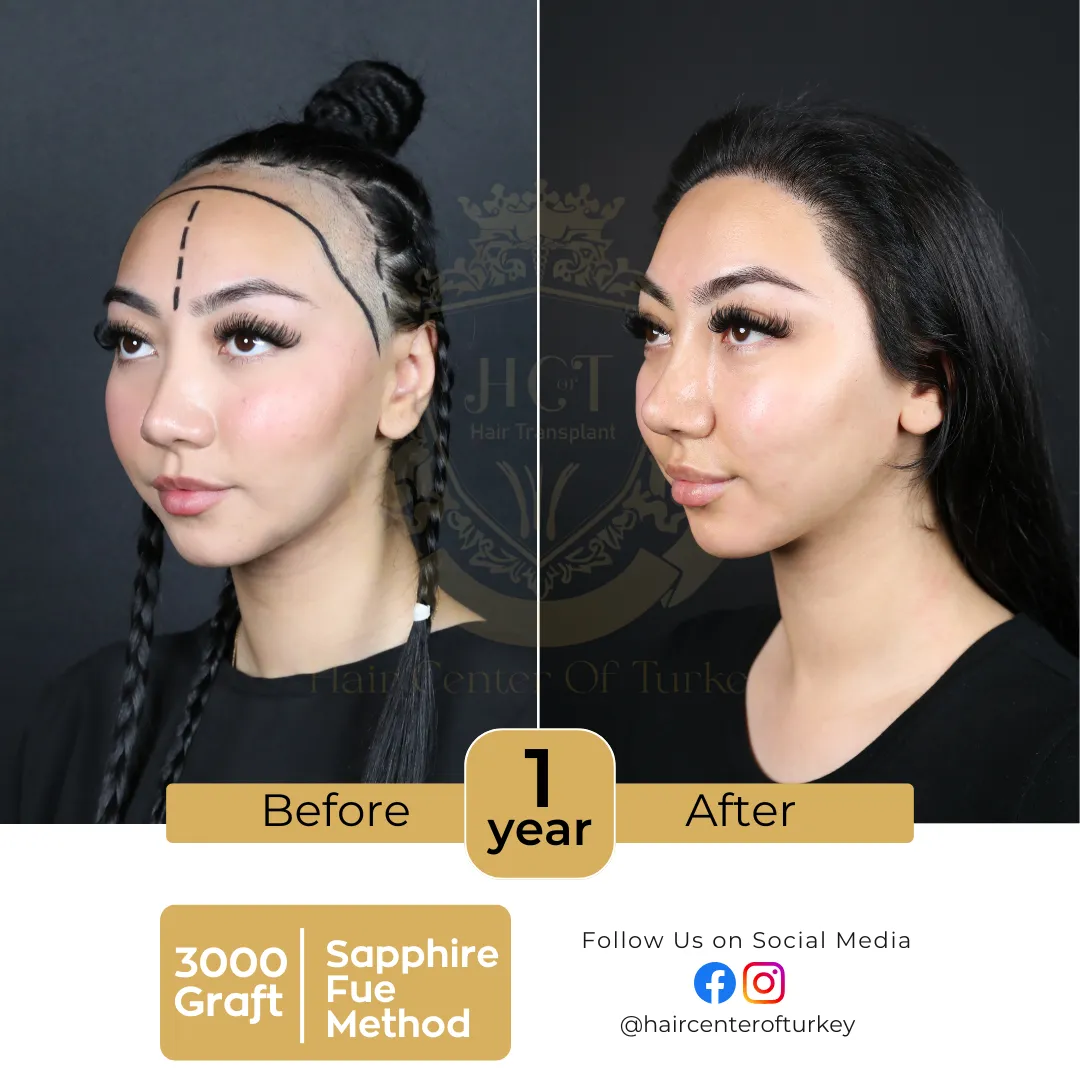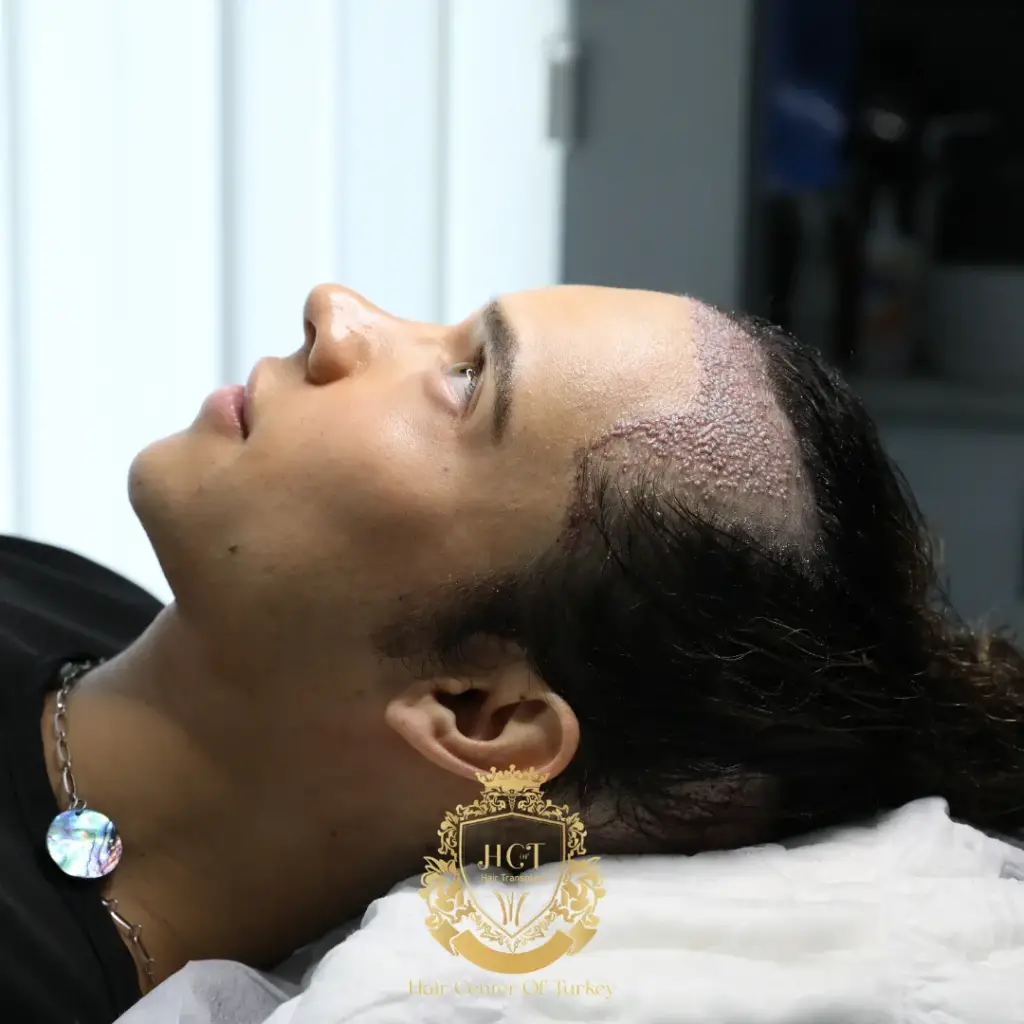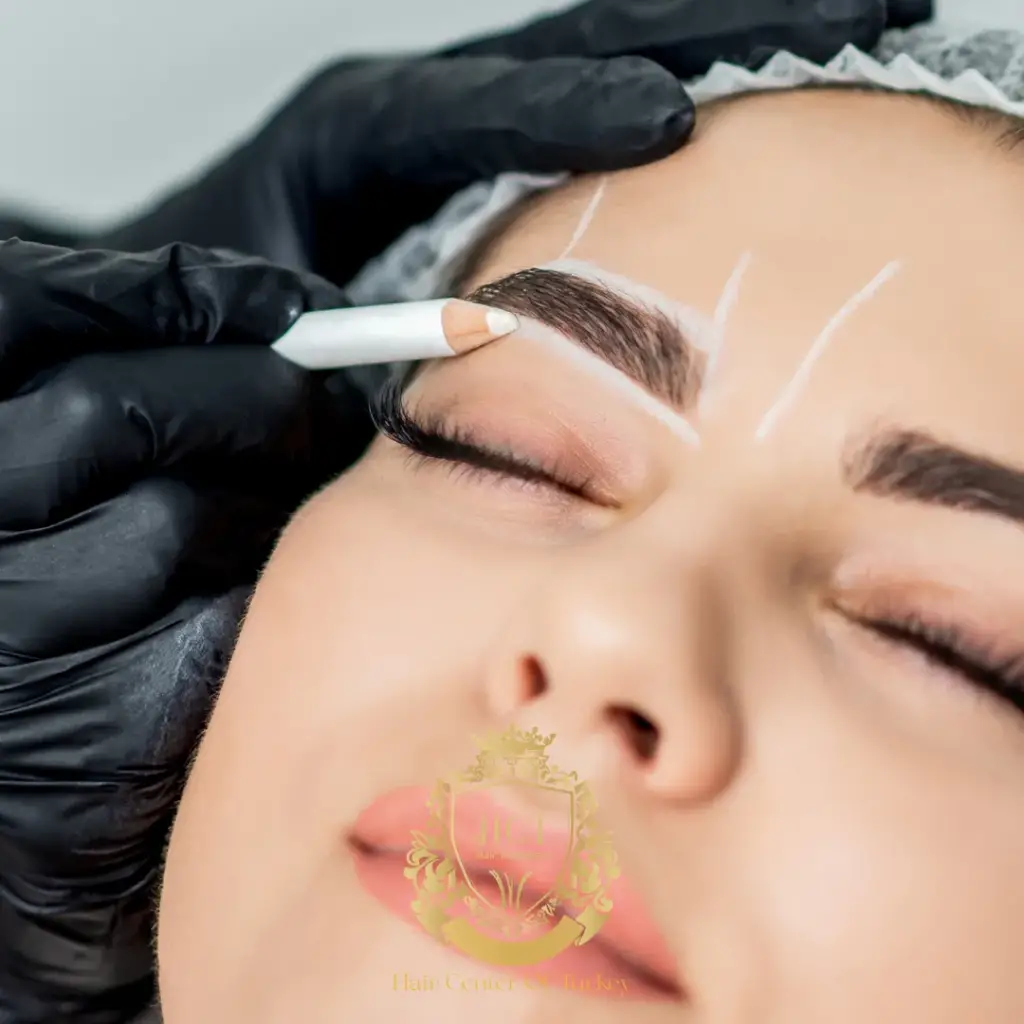Is Eyebrow Transplant or Microblading Better?
Eyebrows play a vital role in framing the face and expressing emotion. For people with sparse, over-plucked, or naturally thin brows, cosmetic procedures like eyebrow transplants and microblading offer effective ways to enhance appearance. However, deciding between the two requires an understanding of how each works, their benefits, drawbacks, and which suits your long-term goals. In this article, we’ll compare eyebrow transplantation and microblading to help you determine which option is better for you.
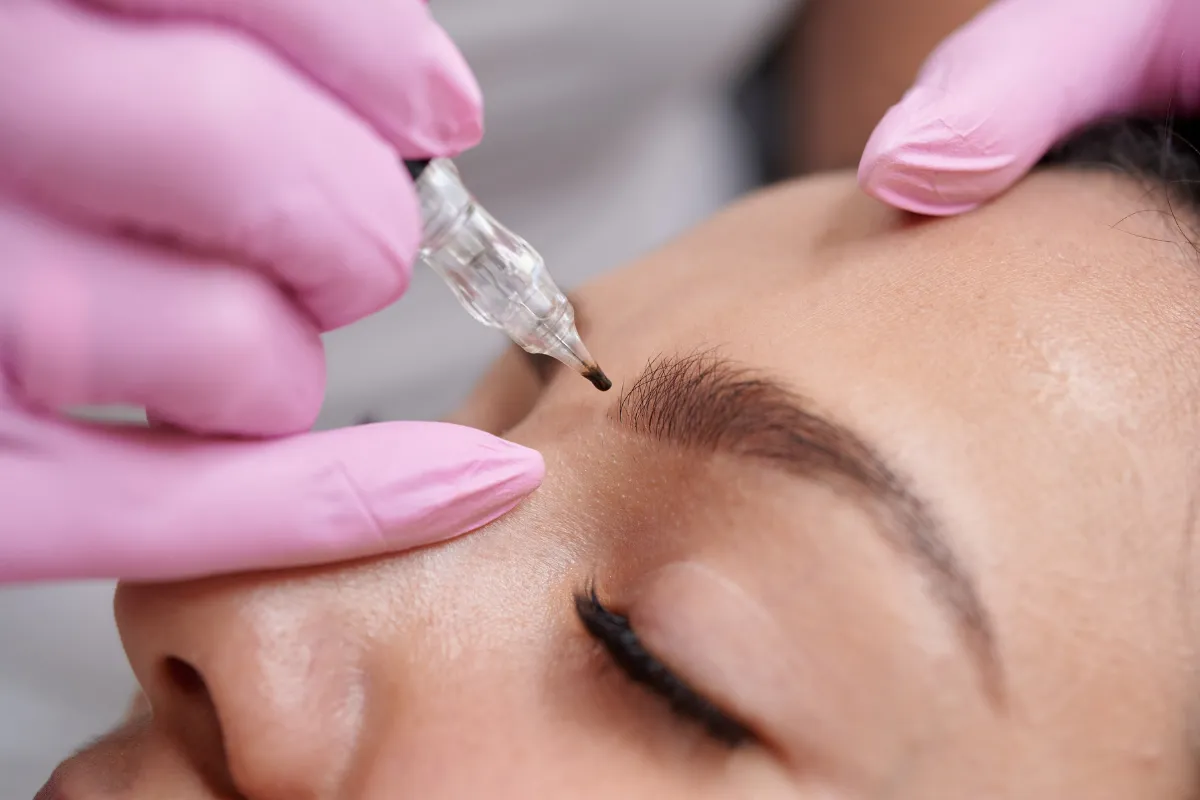
What Is Eyebrow Transplantation and How Does It Work?
Eyebrow transplantation is a surgical procedure where hair follicles are harvested from a donor area—typically the back of the scalp—and implanted into the eyebrow region. The process is usually done using the FUE (Follicular Unit Extraction) method to ensure natural-looking results.
The implanted hairs are real and permanent, and they grow like scalp hair. This means they may require trimming every few weeks. The results develop gradually, with full growth typically visible within 6 to 12 months after the procedure.
What Is Microblading and How Is It Done?
Microblading is a semi-permanent cosmetic tattoo technique used to create the illusion of fuller eyebrows. A handheld tool with tiny needles is used to draw individual hair-like strokes using pigment. The pigment sits closer to the skin’s surface than traditional tattoos, offering a softer, more natural appearance.
Microblading results last between 12 to 18 months on average, depending on skin type, lifestyle, and skincare habits. Touch-up sessions are usually needed to maintain the appearance over time.
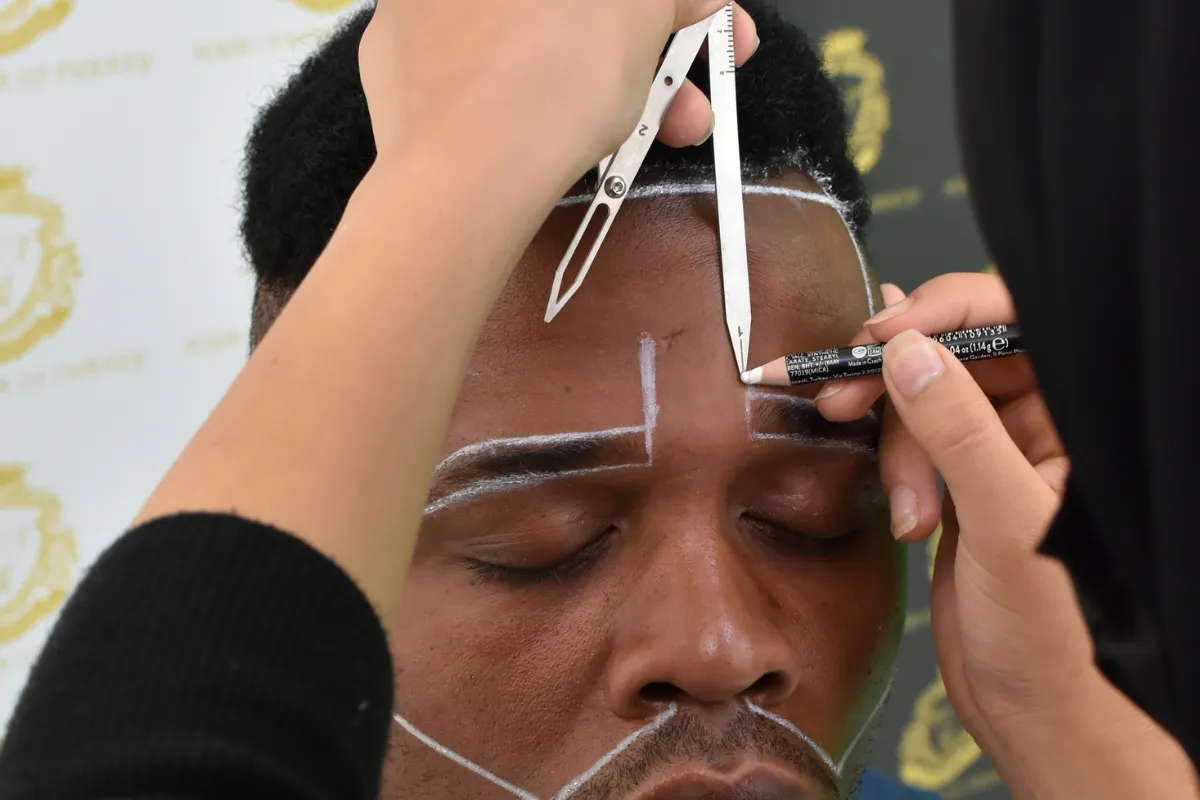
What Are the Pros and Cons of Eyebrow Transplantation?
Pros:
- Permanent results: Once the transplanted hairs settle and begin growing, the outcome can last a lifetime.
- Natural appearance: The use of real hair follicles allows for a realistic and soft texture.
- Low maintenance after healing: No need for frequent touch-ups once the transplanted hairs grow.
Cons:
- Surgical procedure: Involves local anesthesia, recovery time, and potential minor risks like redness or swelling.
- Higher cost: Eyebrow transplants are typically more expensive than microblading.
- Regular trimming needed: Transplanted hair grows like scalp hair and requires maintenance.
What Are the Pros and Cons of Microblading?
Pros:
- Non-surgical and quick: Microblading is a minimally invasive procedure that usually takes about 1–2 hours.
- Immediate visual results: Brows appear fuller right after the session.
- Customizable: Allows for personalized shapes and styles tailored to your features.
Cons:
- Semi-permanent: Results fade over time and require touch-ups every 12–18 months.
- May not suit oily or sensitive skin: In some cases, the pigment may not retain well.
- Possible allergic reactions: Pigment sensitivity or infection is rare but possible.
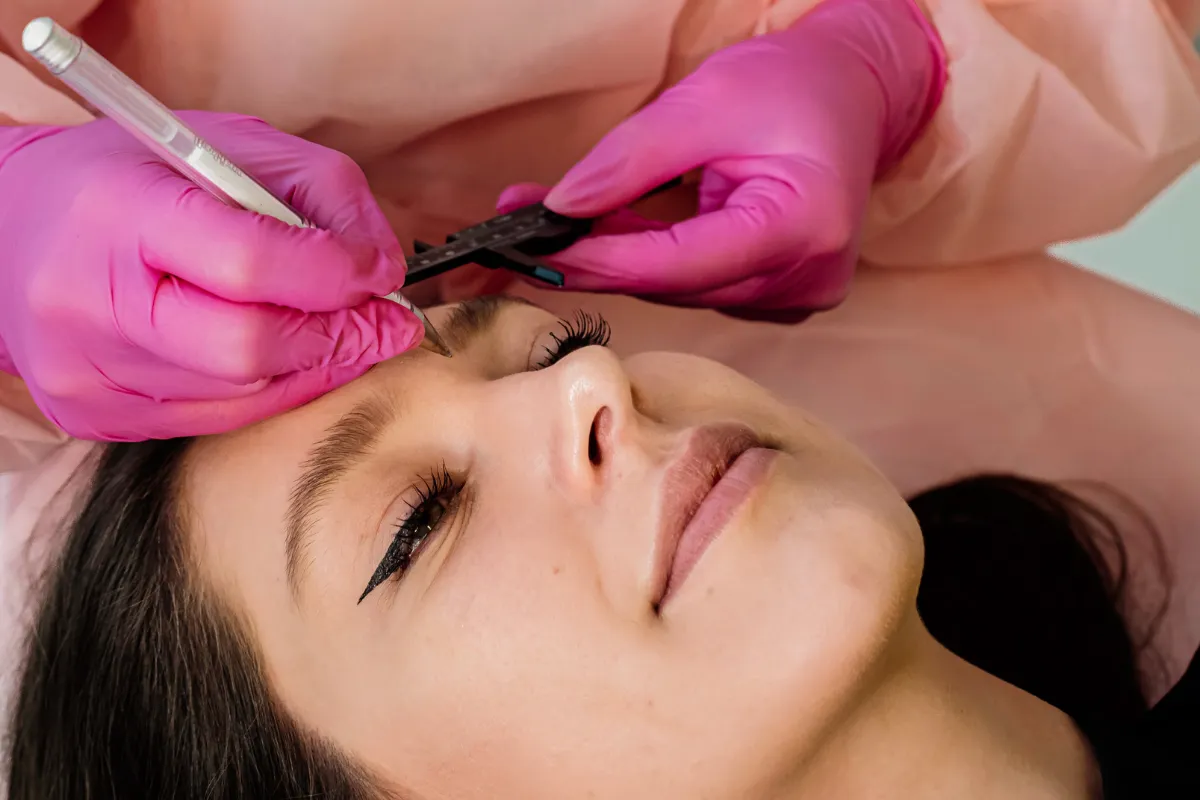
Which Option Is More Suitable for Long-Term Results?
If you’re looking for a permanent solution with natural results, eyebrow transplantation is generally more suitable. It provides real hair that grows and behaves like natural brow hair. While it requires a higher upfront investment and some recovery time, the long-term benefits are significant.
On the other hand, microblading is ideal for those seeking a non-invasive, temporary fix. It’s great for trying out a new brow shape or enhancing your brows without committing to surgery. However, the need for regular touch-ups and the fact that it fades over time make it less permanent.
How to Decide Between Microblading and Eyebrow Transplantation?
Your choice depends on personal goals, budget, and commitment level. If you desire long-lasting results with natural hair texture, an eyebrow transplant is the better choice. If you prefer something less invasive and don’t mind occasional touch-ups, microblading may suit you better.
Consulting with a qualified professional can help determine which method aligns best with your face shape, lifestyle, and aesthetic goals.



